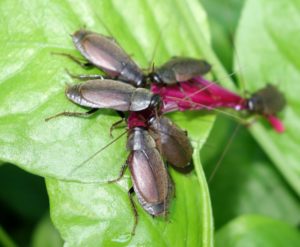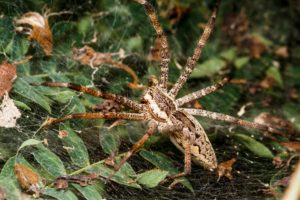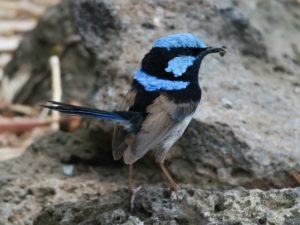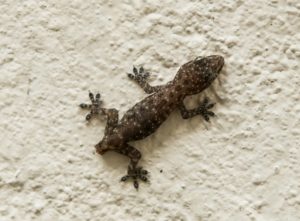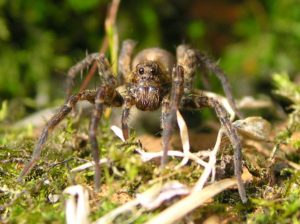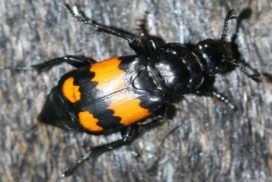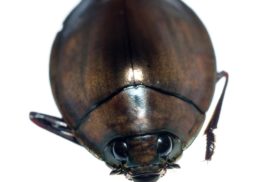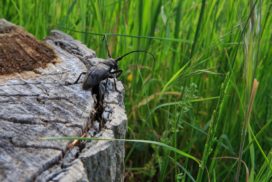HOW DOES A DUNG BEETLE NAVIGATE AT NIGHT?
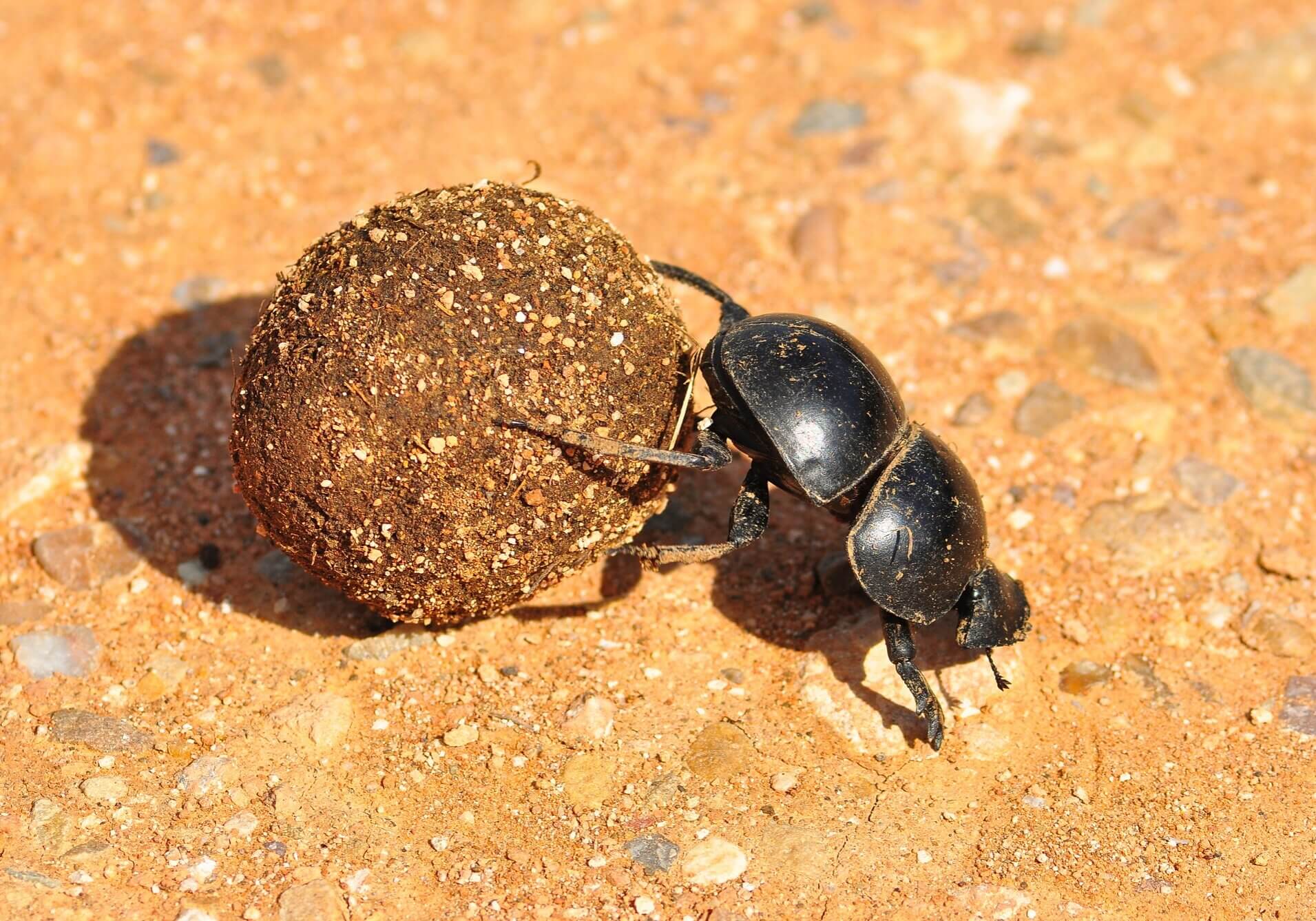
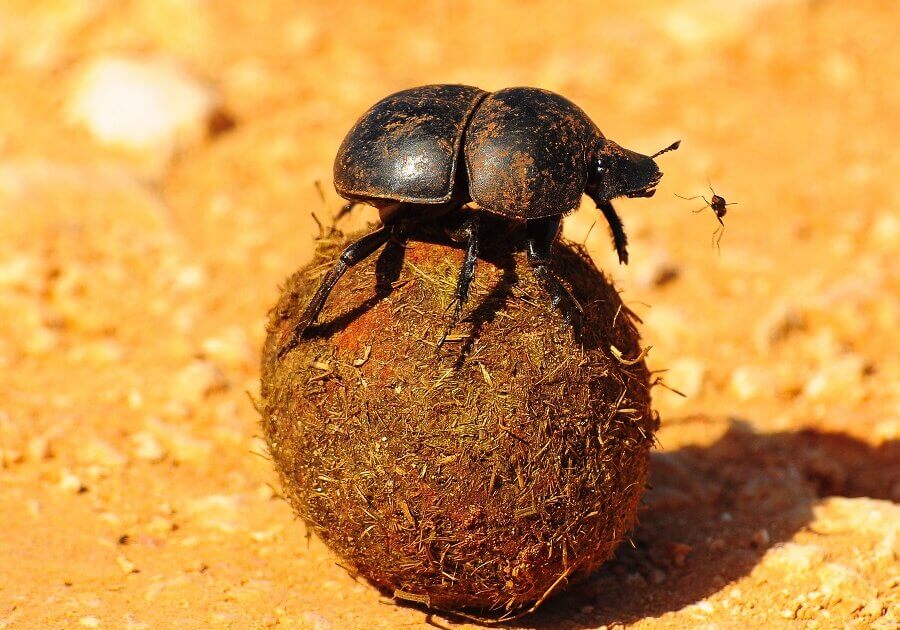
Some types of dung beetles roll animal excrement into balls and move it away as fast as possible in a straight line. They know that a straight line is the quickest getaway from the dung pile to avoid other beetles, which are fond of stealing dung balls from other beetles. Away from the dung pile, the beetle finds a soft spot and buries the roll. Beetles use the dung in various ways: as a food source, a medium to lay eggs or offer it to attract females.
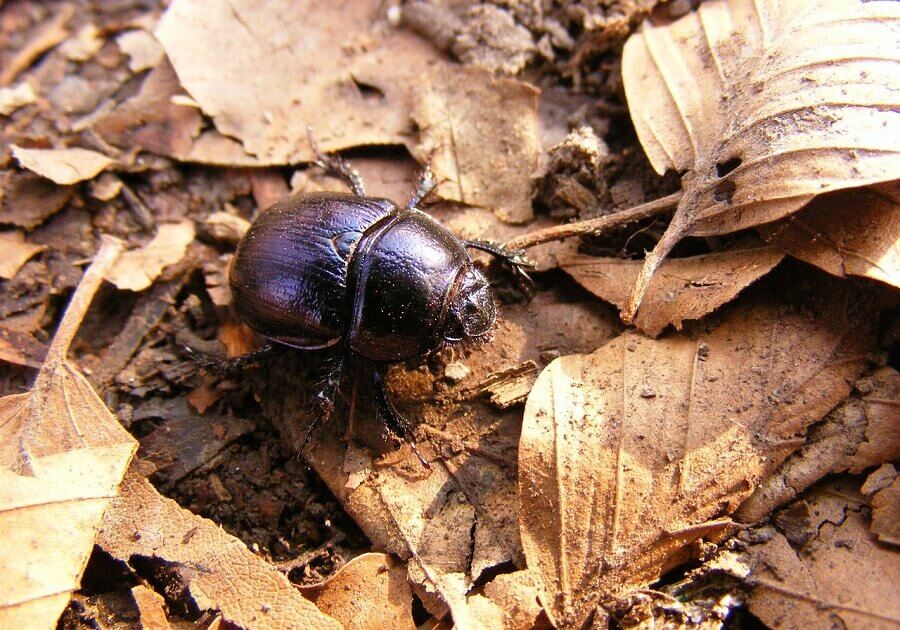
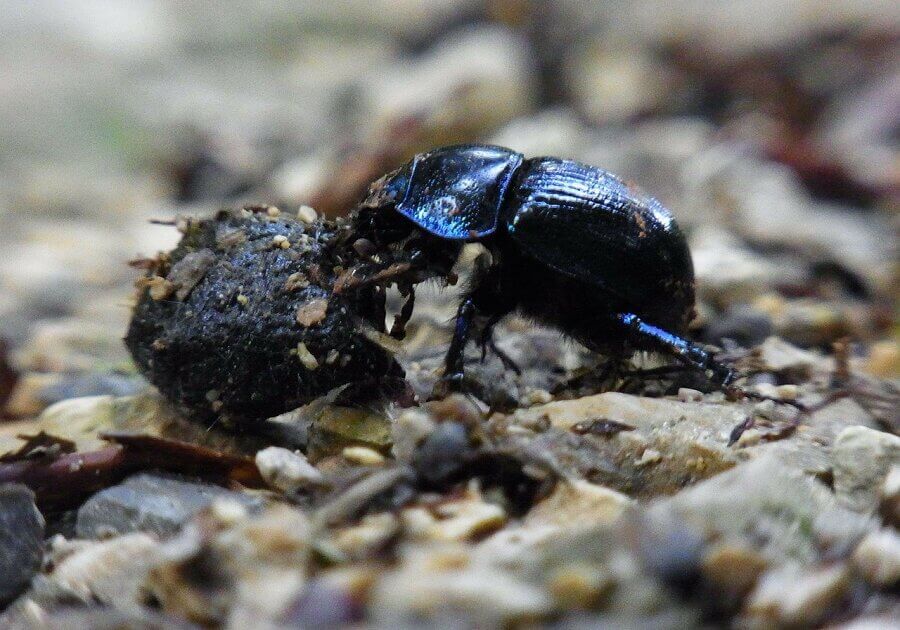
Dung beetles navigate and keep a straight line using the sun and moon. How about on a moonless night? According to Current Biology, they navigate using the band of light produced by the Milky Way Galaxy. The dung’s navigation system works even in the dimmest of light.
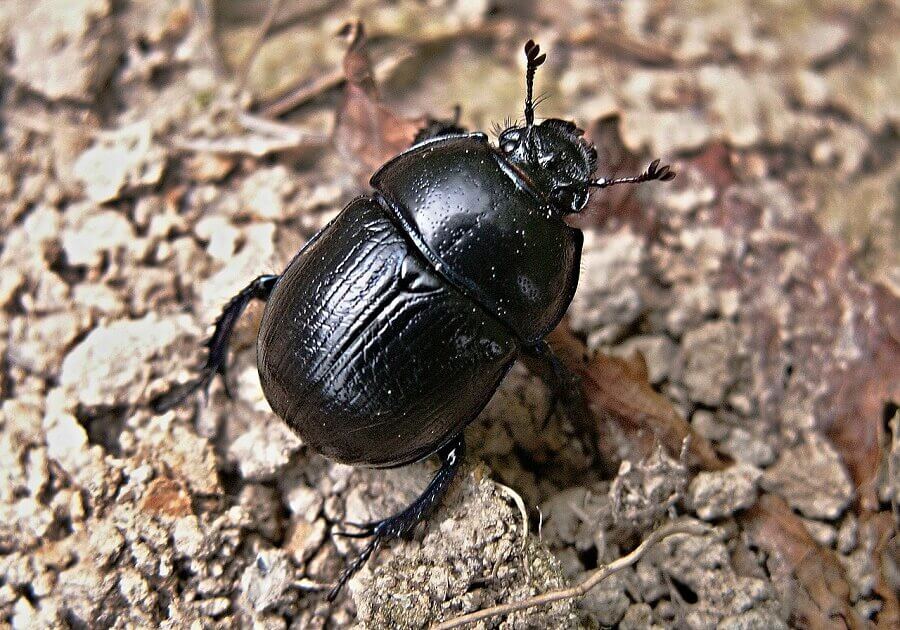
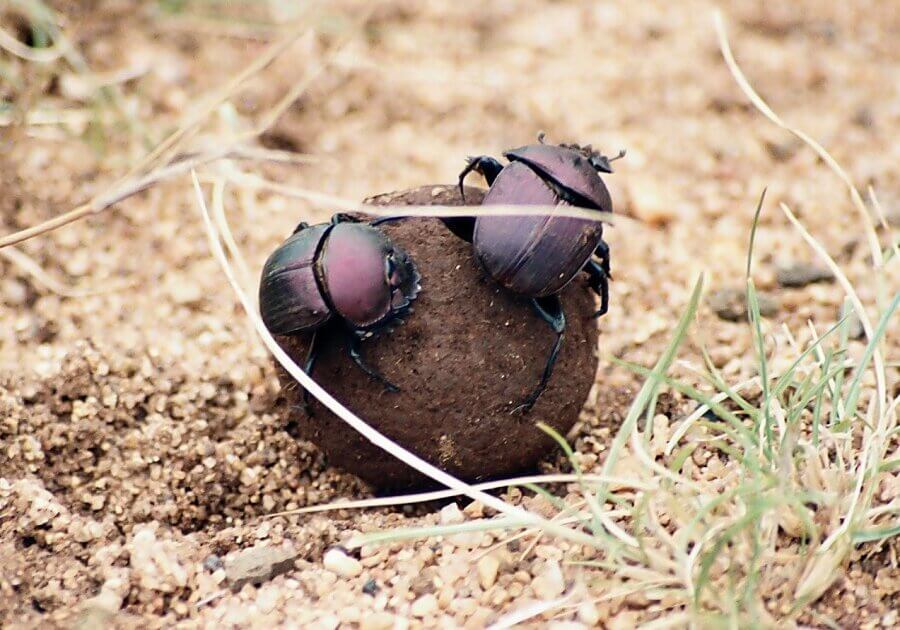
Recent posts
Join us on social media or subscribe!
Sign up to receive our articles in your inbox!
Enter your name and email address below to subscribe.
